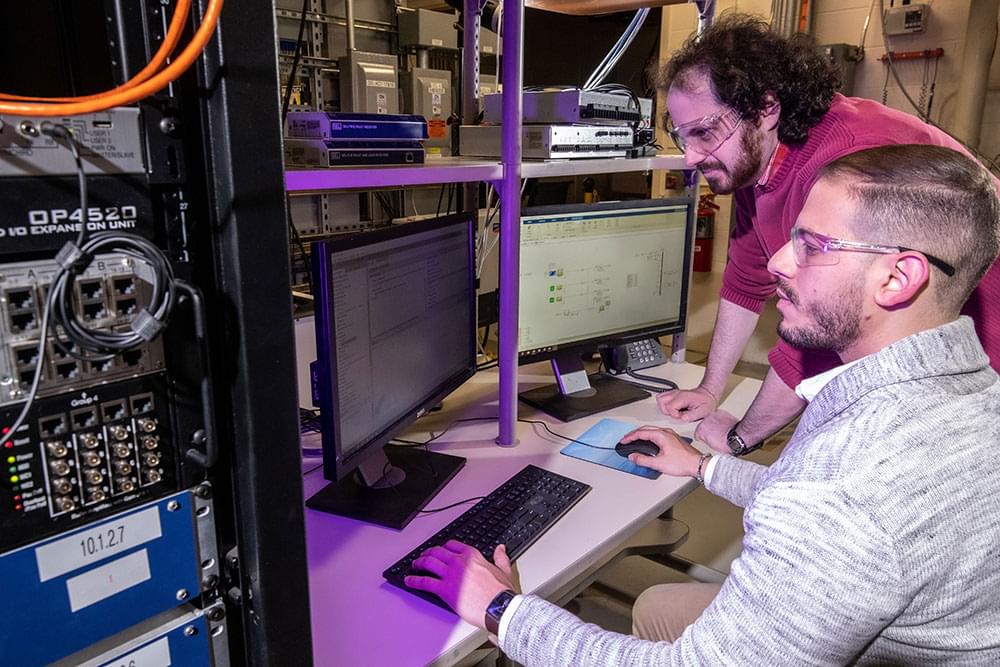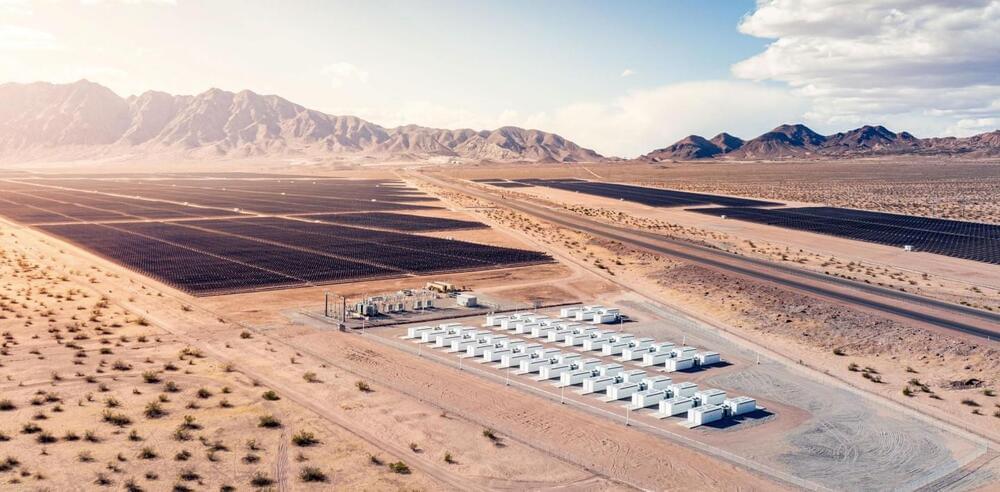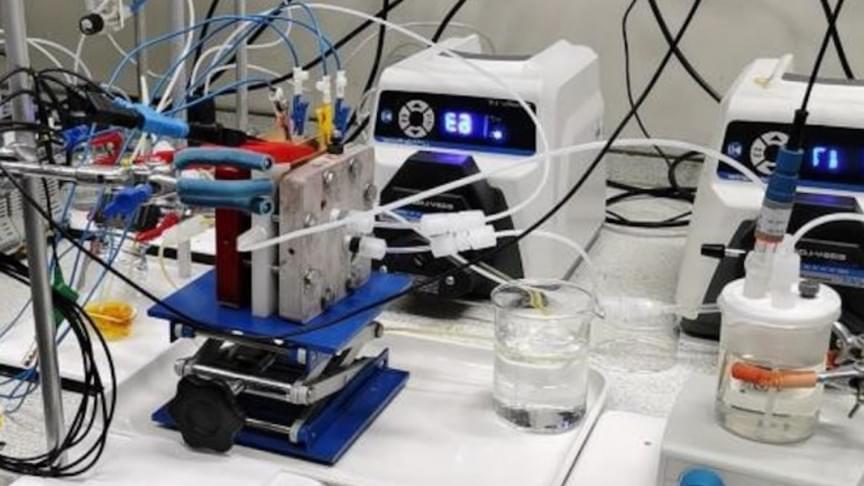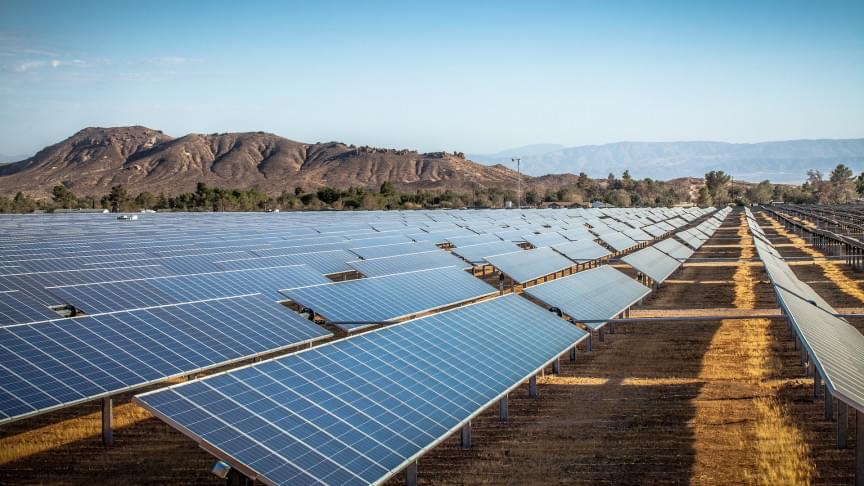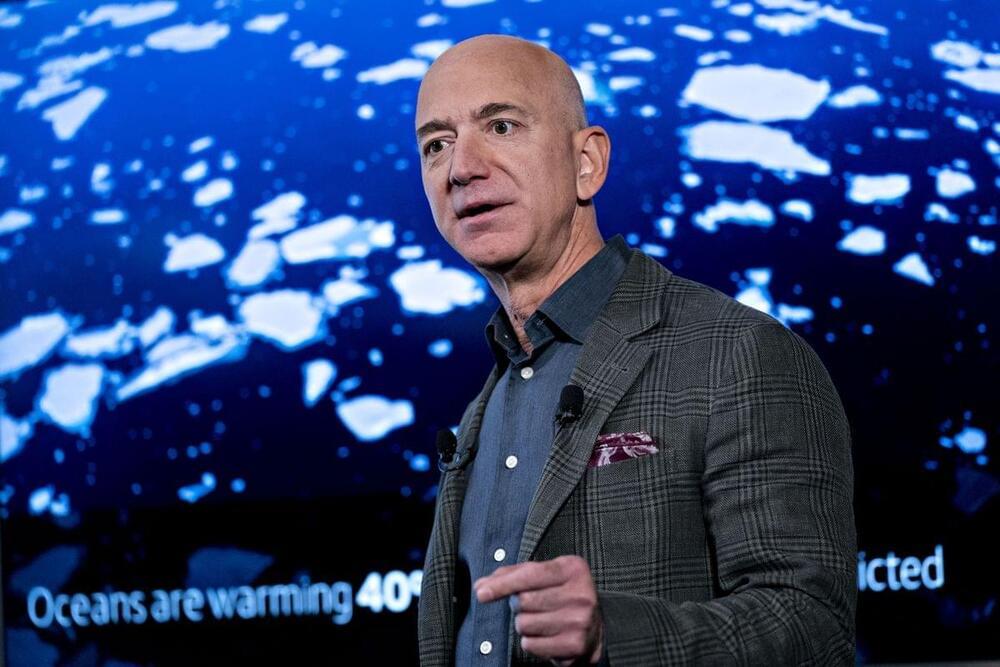In partnership with NASA, Sandia researchers design reliable and resilient microgrids that could sustain astronauts, mining and fuel processing on the moon.
Category: energy – Page 185
Tesla has released its 2021 Impact Report, and it revealed that the company is making huge strides in its efforts to help accelerate the world’s shift to sustainable energy.
From the people it employs to its supply chain and products, Tesla is transforming itself into an entity that is cleaner, more efficient, and more responsible than ever before.
Tesla’s website focused on four notable portions of its 2021 Impact Report, namely the company’s people, environment, supply chain, and products. In each of these topics, Tesla highlighted the steps it took to better itself while setting a standard for the automotive industry as a whole.
Researchers from the U.S. Naval Research Laboratory (NRL) have demonstrated the feasibility of terrestrial microwave power beaming by transmitting 1.6 kilowatts (kW) over a distance of 1 kilometre (km) – the most significant advance for this technology in nearly 50 years.
Yet on April 28, 2022, each instrument’s alignment was completed, with a ~20 year lifetime expected. Both telescope and team performed dazzlingly, surpassing expectations overall.
First: the pristine, on-course launch conserved fuel purposed for course-correction.
JWST reached its destination, the L2 Lagrange point, ahead of schedule.
Crypto’s biggest skeptics see plenty of reasons to criticize the industry, but generally at the heart of most complaints is a belief that crypto is contributing very little to society while burning massive amounts of energy.
While crypto’s believers could squabble over the former point until they’re blue in the face, the latter is a little harder to deny. Bitcoin uses an estimated 204.50 terawatt-hours (TWh) of electricity per year at current rates according to the oft-cited tracker built by Digiconomist, this number is equal to the power consumption of Thailand. Meanwhile Ethereum’s energy footprint is half the size but still comparable to the power consumption of Kazakhstan. In 2018 the United States reported its total consumption of electricity as 4,222.5 TWh.
For some legislators, those numbers are hard to swallow. This week, the New York State Assembly passed a bill that had team crypto up in arms. The bill blocks the formation of crypto mining firms in the state that rely on non-renewable power. It notably doesn’t apply to existing facilities. A corresponding bill is currently making its way through the Democrat-controlled state senate. everyone, and welcome back to Chain Reaction.
Amazon slid 14%, pulling Nasdaq 100 to lowest since March 2021.
Jeff Bezos saw $20.5 billion of his fortune melt away after Amazon.com Inc.’s results left investors disappointed, helping fuel the worst month for technology stocks in years.
Shares of the e-commerce company were down 14% on Friday after it reported a quarterly loss and the slowest sales growth since 2001. Bezos’s net worth fell to $148.4 billion, according to the Bloomberg Billionaires Index, from a peak this year of more than $210 billion.
